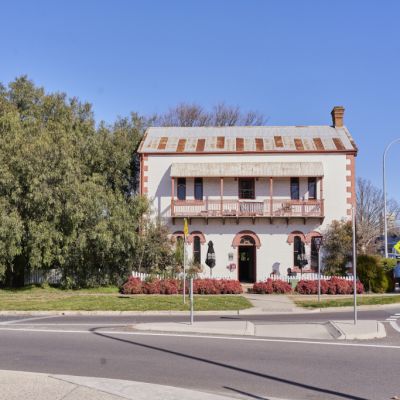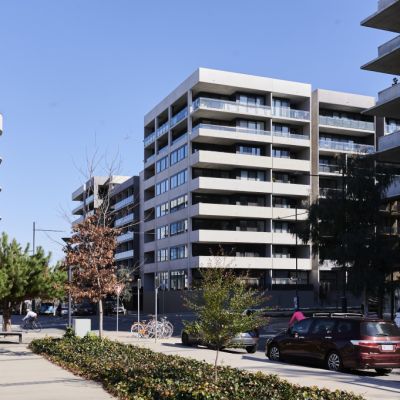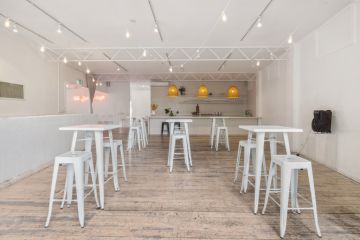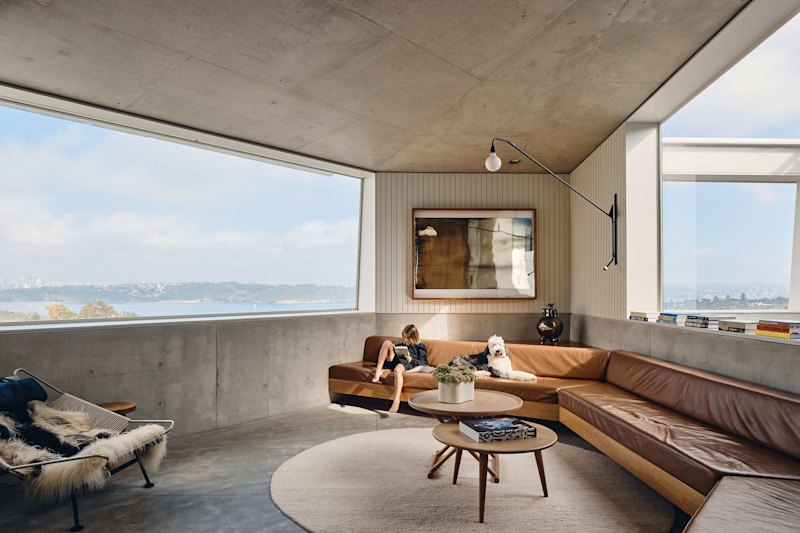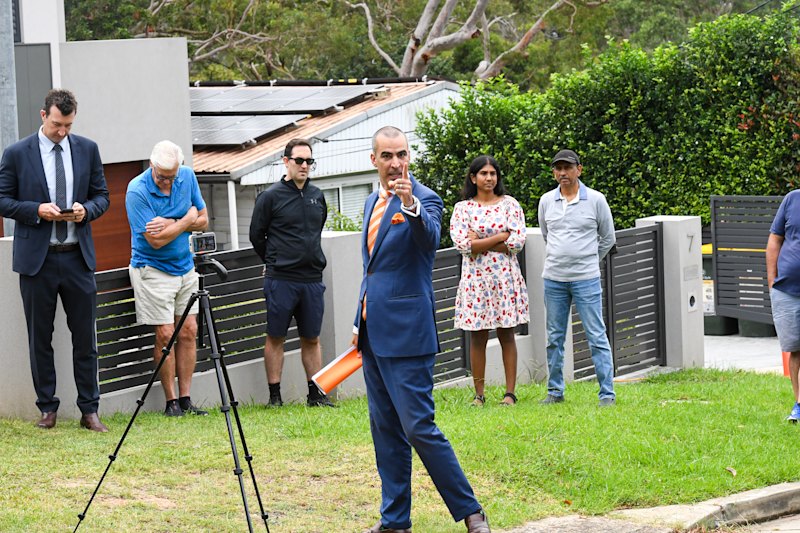Is Canberra the new Sydney? Where Canberra houses stand amongst the capital cities
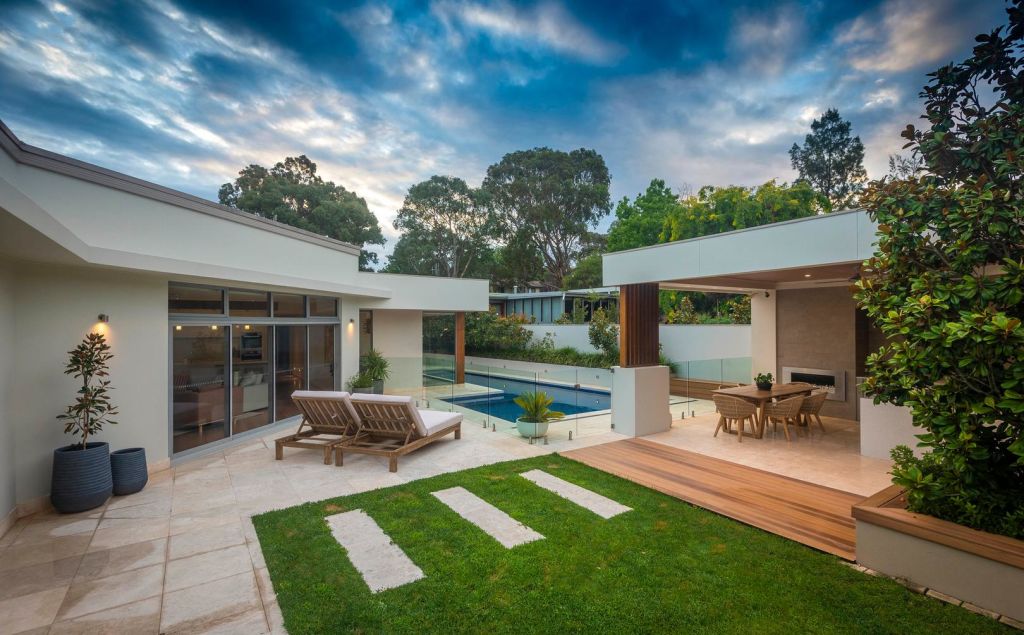
With rents the highest in the country and both house and unit prices the second highest, Canberra has become almost unrecognisable from the capital city it used to be.
Domain’s Housing affordability: The Price Per Square Metre report revealed – together with Canberra’s median house price of $1,095,587 – that the capital holds the third most expensive price of houses per square metre, averaging $1517 for every square metre.
It also revealed that Canberra has the second-largest median land size behind Darwin, measuring 748 square metres.
The context this provided makes it less surprising that, despite data showing house prices have dropped over the past six months, there are still suburb records and multimillion-dollar sales being recorded.
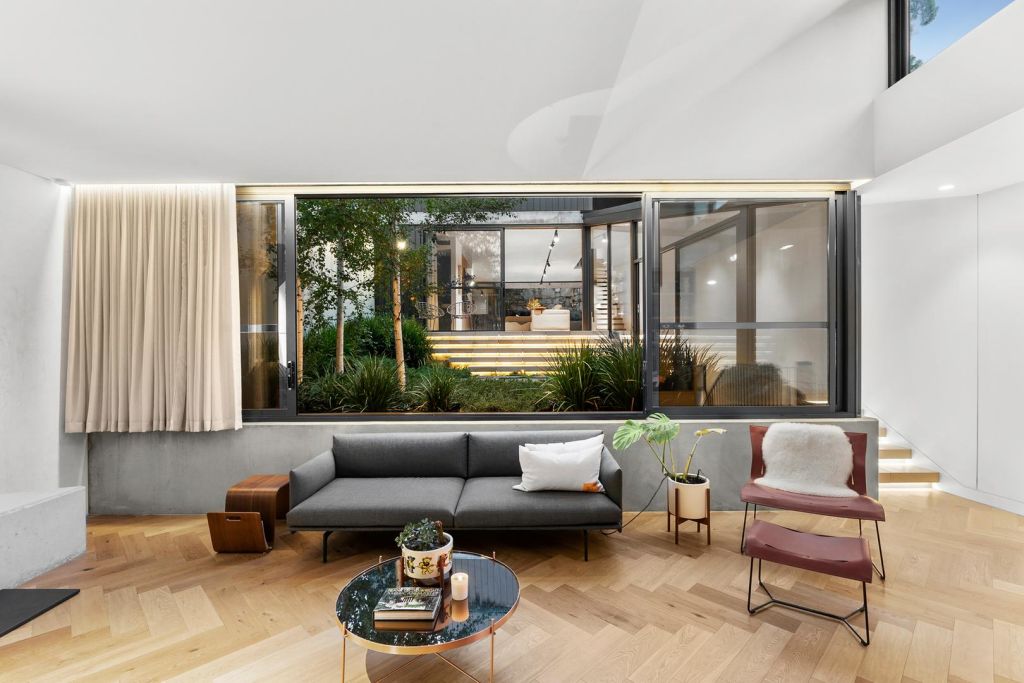
The rise in house prices over the pandemic has shifted Canberra further away from the lower-priced group of capital cities, and closer to cities like Sydney and Melbourne, according to the report.
The rising cost of building a home has caused Canberrans to consider purchasing larger, turnkey properties, only pushing prices higher for homes in the capital, said selling agent Theo Koutsikamanis of Bastion Property Group.
Allhomes understands Koutsikamanis sold the property at 50B Jacka Crescent, Campbell for more than $3 million.
“I feel that a lot of the market has entertained knockdown-rebuilding on their existing homes, but due to the shortage of trades and the cost of building, buyers are paying a premium for the finished product with less stress,” he said.
“We are still noticing good quality homes have a highly contested market with empty-nesters or families wanting to relocate from overseas.”
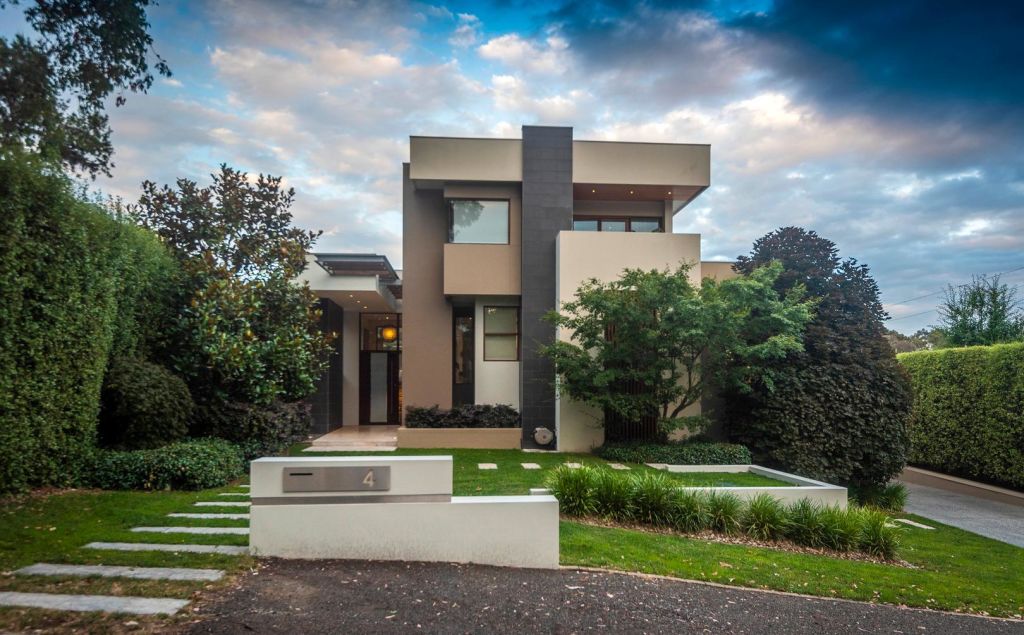
The timeline for building a new home, and homes in established areas coming on the market once in a decade, will always attract record-breaking sales, said Rowan Glanville of Blackshaw Woden, who recently broke the O’Connor suburb record after selling 4 Blackbutt Street for $4.115 million.
“Experiences in the market have shown that the demand will always continue … yes, prices have come off the highs of the pandemic, but we have a shortage of homes available,” he said.
“Buyers are also aware of the cost to build, and the extended time frames at the moment, so there is preference for a home they can just move straight into.”
Both agents agree that it is unlikely the market will ever return to the more affordable levels prior to the pandemic boom.
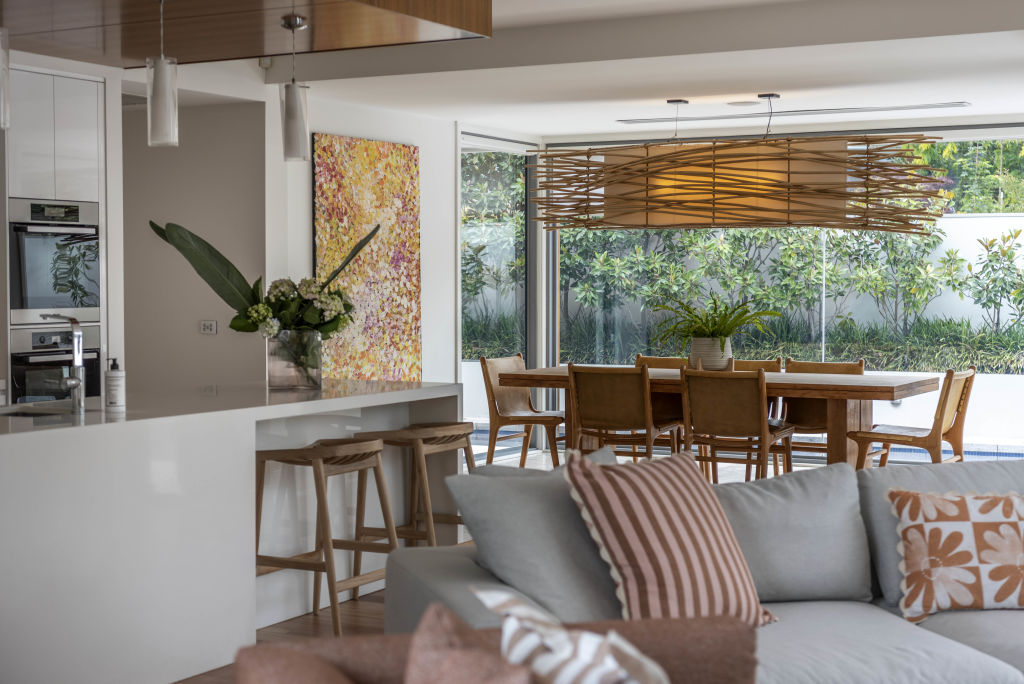
“This market has been driven on lifestyle rather than financial gain, where clients are freeing up investment properties or assets to buy that next home,” Koutsikamanis said.
Glanville said it would take a major recession for those numbers to be reached again.
“Unfortunately, I don’t see pre-pandemic costs happening without a major crash to not only the Australian economy, but also employment and building sectors,” he said.
“Taking into account the lack of land supply across the greater Canberra region, building constraints, strong economic options and growing population, it’s simply a supply and demand issue.”
We recommend
We thought you might like
States
Capital Cities
Capital Cities - Rentals
Popular Areas
Allhomes
More
